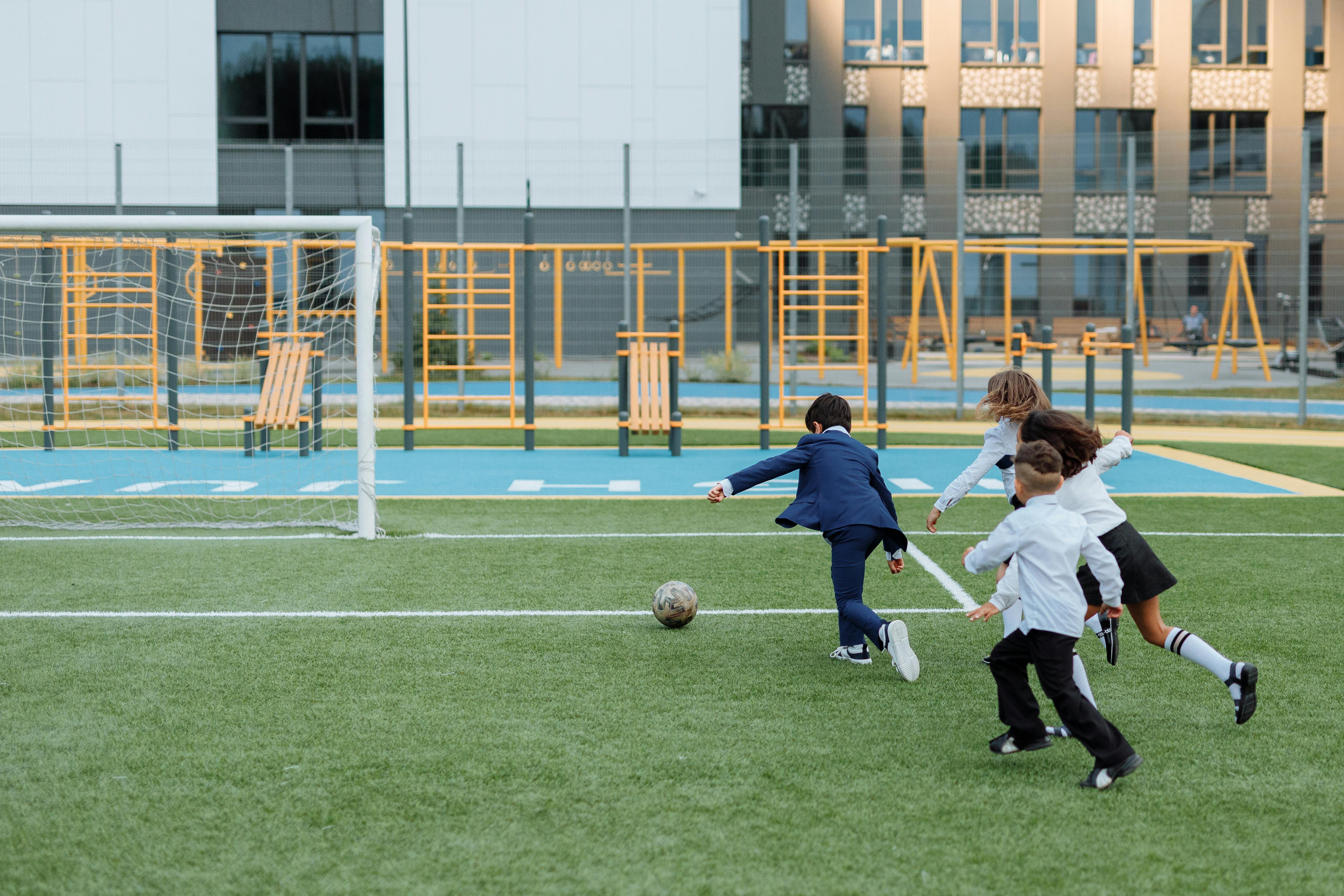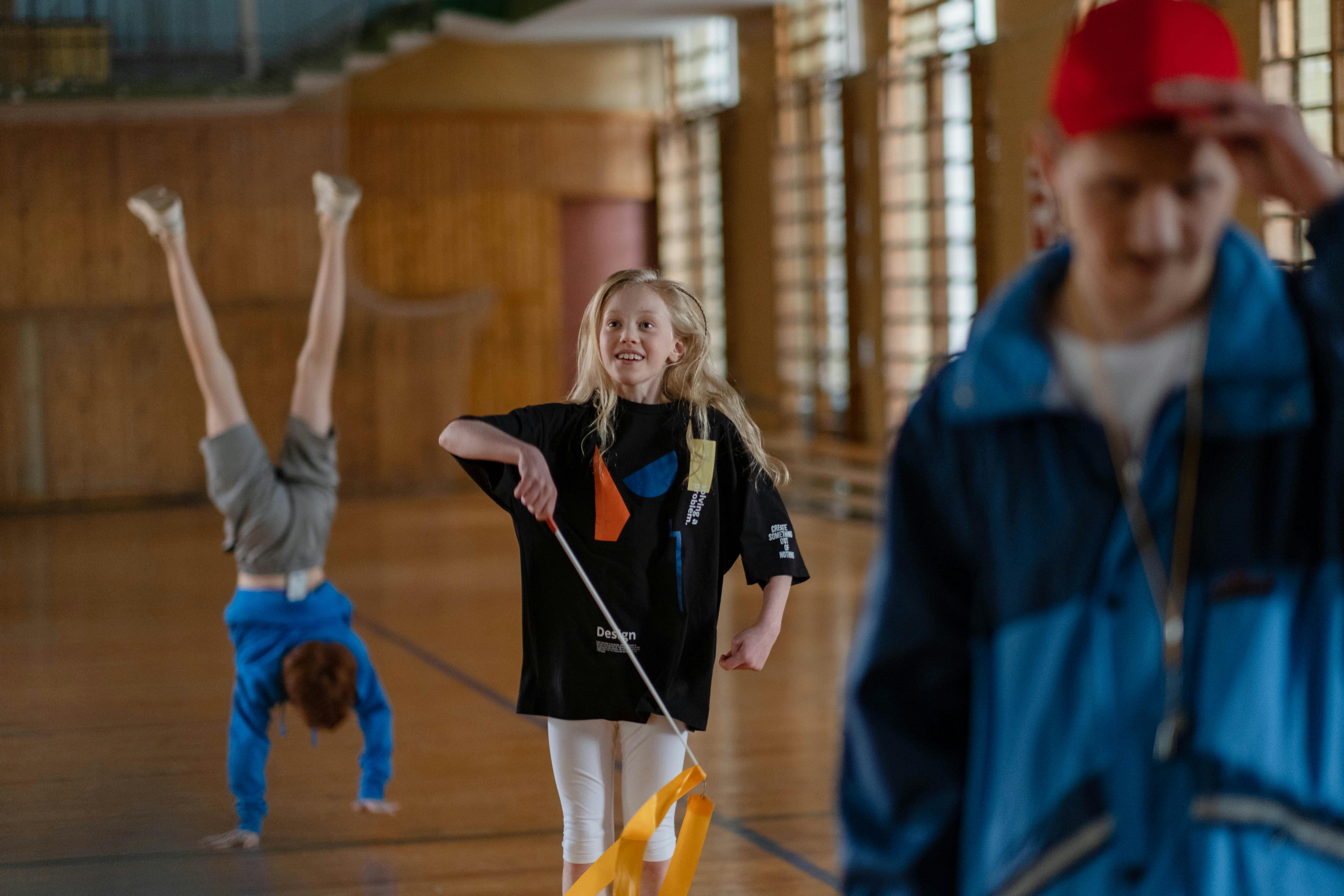Soccer Games for Physical Education: A Complete Guide
Soccer is one of the most popular sports around the world, and it plays a vital role in physical education programs. With its high-energy nature, soccer games help students develop important physical and teamwork skills. In this article, we’ll explore a variety of soccer games for physical education, how to implement them in your lessons, and the benefits they bring to both individual students and the class as a whole.

Understanding the Fundamentals
Before diving into specific soccer games, it’s crucial to understand the fundamentals that make these activities effective in physical education. Soccer involves a mix of cardiovascular endurance, coordination, and team dynamics. By incorporating soccer into your PE curriculum, students can learn about strategy, communication, and the importance of physical fitness.
Soccer has evolved over the years, becoming a cornerstone of team sports in schools worldwide. Its simplicity—requiring only a ball and open space—makes it a versatile choice for PE instructors. The game’s foundation in basic movements like running, kicking, and passing helps students develop coordination, balance, and agility.
1.1 Cardiovascular Benefits
Soccer is an excellent aerobic exercise that improves heart health. Engaging in soccer games helps students build endurance as they continuously move across the field. Studies show that kids who participate in soccer regularly experience enhanced stamina, which directly contributes to better overall health and well-being.
For example, even casual games of soccer can significantly improve cardiovascular fitness. It’s essential to emphasize the value of stamina and aerobic exercise in PE classes. This type of exercise also teaches students the importance of maintaining a healthy lifestyle through enjoyable physical activity.
1.2 Teamwork and Communication
One of the most significant aspects of soccer is teamwork. Soccer requires constant communication between players, which helps them strategize and work together. In physical education, soccer games promote collaboration and teach students how to interact and solve problems as a team.
Teamwork isn’t just about working with others on the field—it also encourages leadership skills, such as decision-making and delegation of tasks. This cooperation can transfer to other aspects of life, both inside and outside the classroom, making it an invaluable skill for students to develop.
Practical Implementation Guide
Now that we’ve covered the importance of soccer games for physical education, let’s look at how to effectively implement them in your lessons. Successful incorporation of soccer requires a structured approach that takes into account the students’ skill levels and available resources.

2.1 Actionable Steps
- Step 1: Introduce basic skills. Start with simple drills to help students practice passing, dribbling, and shooting. Use cones or markers to guide players through drills.
- Step 2: Organize small-sided games. Divide the class into smaller groups for informal games. This allows each student to get more touches on the ball and practice real-game scenarios.
- Step 3: Assess and adapt. Continuously monitor the students’ performance, and adjust the level of difficulty based on their progress. Keep the games fun and competitive, but ensure that everyone gets a chance to participate.
2.2 Overcoming Challenges
While soccer is a popular sport in schools, certain challenges can arise when integrating it into physical education. For instance, managing large groups of students can be difficult, and not all students may have the same level of skill or interest in soccer.
Here are some common challenges and how to address them:
- Space limitations: If your gymnasium or outdoor space is small, consider modifying the size of the field or playing smaller-sided games to ensure everyone has room to play.
- Skill differences: For students with varying skill levels, differentiate instruction by creating skill-building stations or pairing experienced players with beginners.
- Engagement: Keep the games fun by mixing up activities, adding new challenges, or introducing friendly competitions. Always encourage positive reinforcement.
Advanced Applications
As students become more proficient at soccer, it’s essential to introduce more advanced techniques and strategies. These techniques not only make the games more challenging but also encourage students to think critically about the game.

3.1 Advanced Technique: Tactical Play
Tactical play in soccer involves understanding formations, positioning, and strategic decisions during gameplay. As students develop their skills, encourage them to focus on how they position themselves and communicate during a game. Teaching soccer tactics helps students understand the deeper aspects of the game beyond just kicking the ball.
For example, students can learn how to play as a team by anticipating where the ball will go and adjusting their positions accordingly. This requires both individual skill and teamwork, which makes soccer an excellent tool for teaching problem-solving and strategy.
3.2 Advanced Technique: Game Analysis
Another way to enhance student engagement is by incorporating game analysis. Watching professional soccer games or breaking down past class activities can help students understand the game on a deeper level. They can learn from real-life scenarios and recognize the decisions made by top players and coaches.
Encourage students to observe positioning, teamwork, and how players communicate during matches. This helps develop critical thinking and improves their performance in future games.
Future Outlook
The future of soccer in physical education is bright, with technology and innovation bringing new opportunities for teaching the sport. Emerging trends include virtual soccer simulations, advanced fitness tracking, and AI-driven coaching tools. These technologies can enhance the learning experience, providing personalized feedback and helping students track their progress.
Looking ahead, schools are likely to integrate more technology into PE programs to create more immersive and dynamic experiences for students. By staying informed about these trends, educators can continue to inspire and engage students in physical education for years to come.
Conclusion
Soccer games are an effective and engaging way to teach physical education. Through skill development, teamwork, and strategic play, soccer helps students improve their fitness, communication, and critical thinking. By understanding the fundamentals and implementing the right strategies, you can maximize the benefits of soccer in your physical education curriculum.
Now that you know how to get started, it’s time to introduce soccer into your lessons and watch your students thrive. Start small, be patient, and keep things fun. Soccer is not only about winning; it’s about learning, growing, and enjoying the process together.
Frequently Asked Questions
- Q: How can I get students interested in soccer if they are not initially excited? Start with small-sided games and emphasize fun rather than competition. Include fun drills that let students experience the excitement of the game.
- Q: What’s the best way to introduce soccer to young students? Begin with basic skills like passing and dribbling. Use games that focus on these fundamentals, and keep sessions short and engaging.
- Q: How much time should I dedicate to soccer in each physical education class? A typical soccer session should last between 30-45 minutes, with time divided between skill development and game play.
- Q: Are there any costs associated with introducing soccer to a PE class? Most basic equipment (balls, cones) is inexpensive. For larger teams, consider additional resources like goals or jerseys, but they are not essential.
- Q: How does soccer compare to other physical education activities? Soccer is highly engaging and improves cardiovascular fitness, coordination, and teamwork. Compared to other sports, it offers a balance of physical activity and strategic thinking.
- Q: Do I need a lot of experience to teach soccer in physical education? No, you can start with basic drills and progress as you gain more confidence. With time, you’ll improve your skills and be able to introduce more advanced techniques.
- Q: How can soccer benefit students outside of PE class? Soccer builds teamwork, communication, and leadership skills, which are valuable in both academic and social settings.

